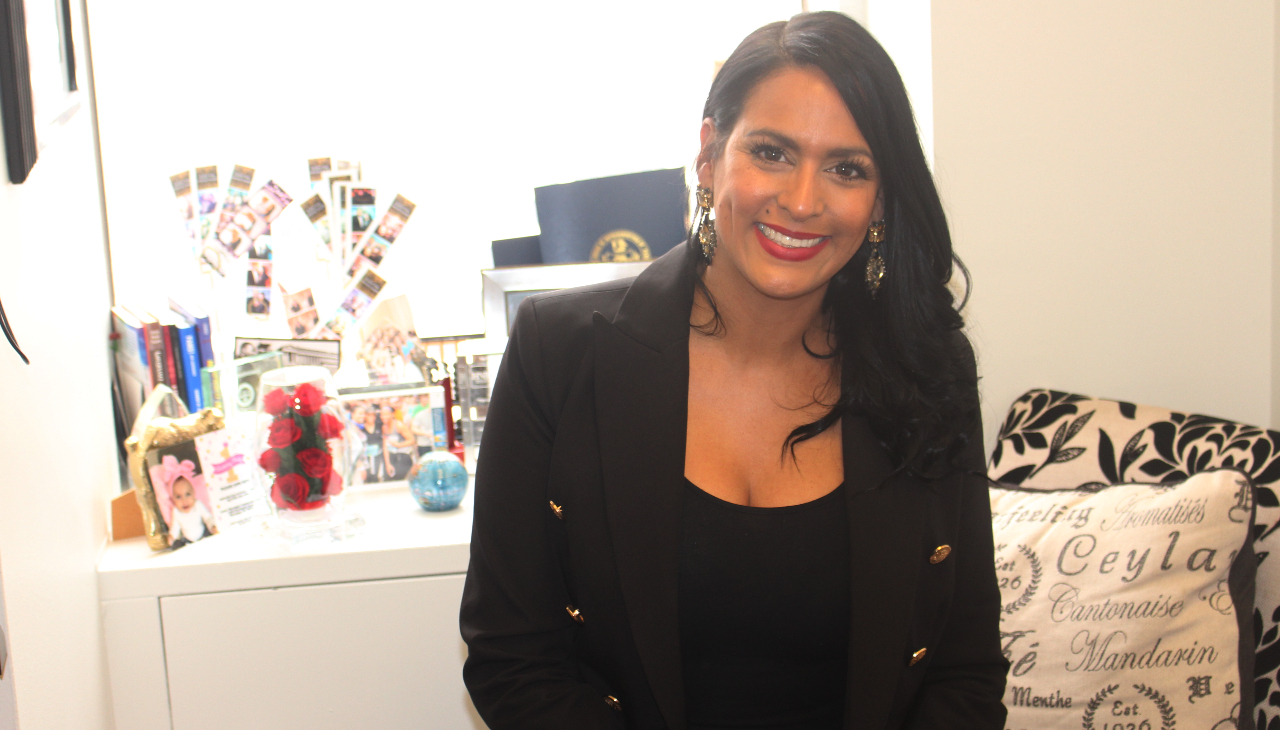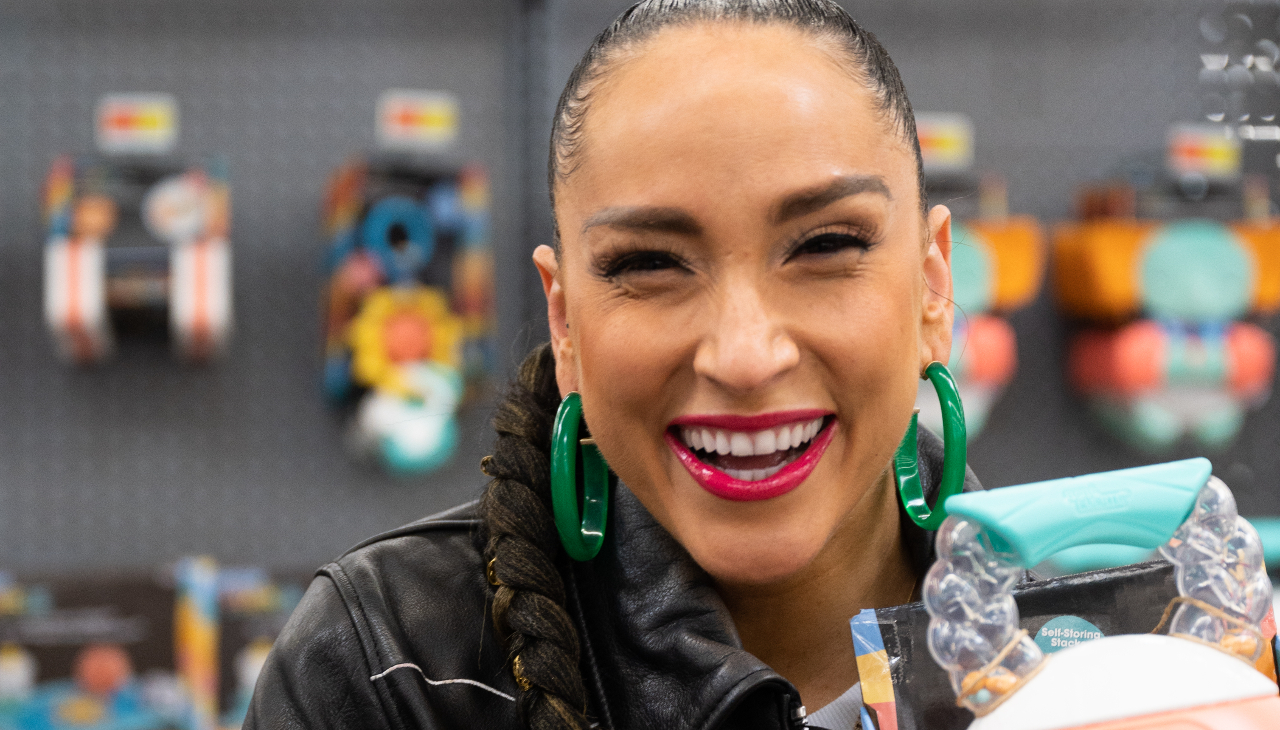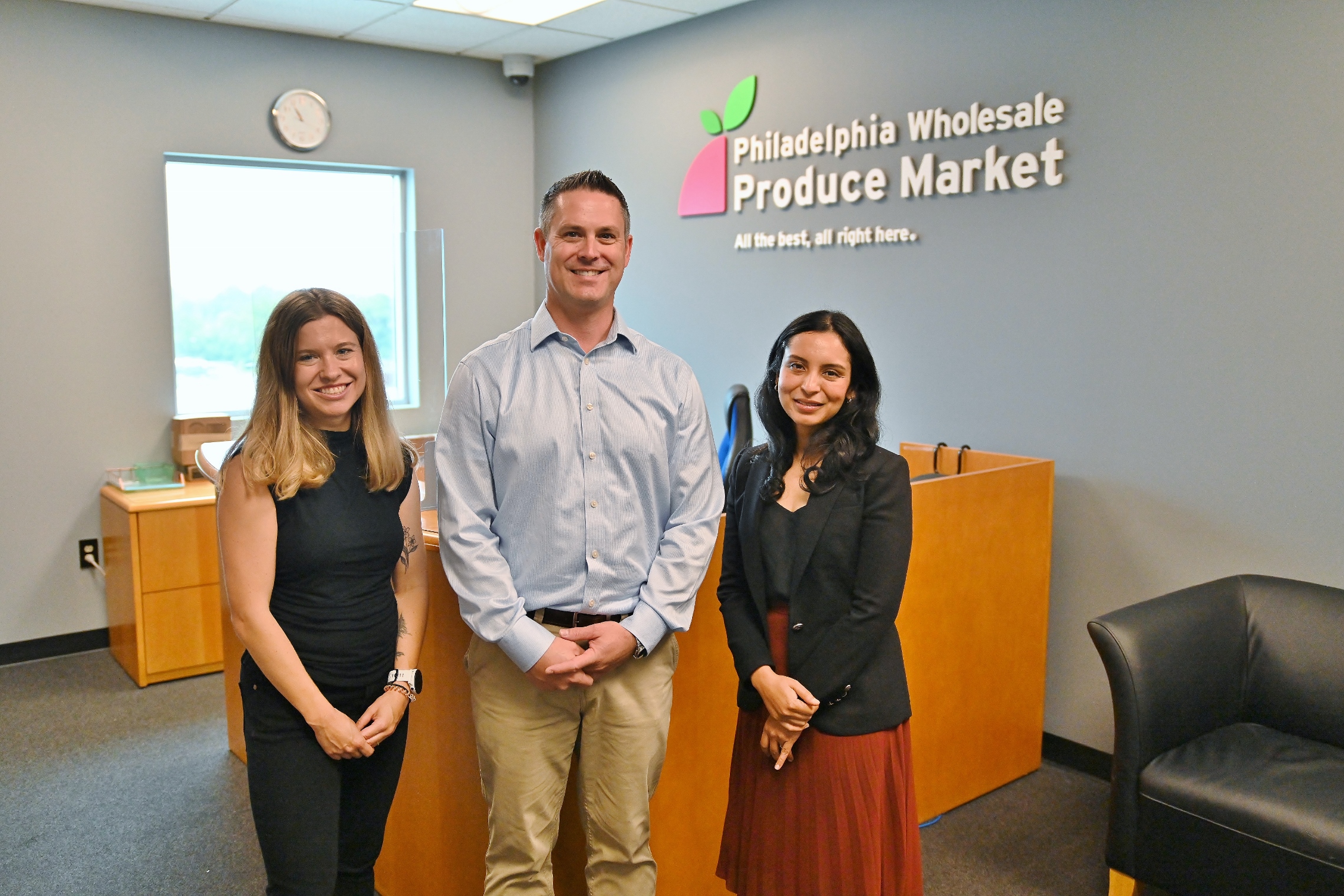5 'next level' tips for board membership
At a workshop on Monday, local business leaders and experts gave young Hispanic professionals advice on advancing their careers.
Work tirelessly. Build relationships. Pursue your passions.
This is the message received by attendees at Monday morning’s Young Professionals Networking Workshop, a program of the Greater Philadelphia Hispanic Chamber of Commerce (GPHCC). This installment of the program, titled “Próximo Nível,” focused on how young Hispanics professionals can work their way into executive board positions.
Suzanne Garber, adjunct professor at the Fox School of Business at Temple University and Co-Founder of Gauze, opened the workshop with a presentation, which was followed by a panel discussion with:
Nicolas Jimenez: Senior Manager of Outreach & Partnerships at Comcast, Co-Chair for the Professional Mentoring Network of GPHCC, and Board Chairman of the Pan American Academy Charter School.
Javier Suarez: Vice President of Strategic Partnerships for GPHCC; Executive Producer for the Hispanic Choice Awards; and former President of ALPFA.
Vu Trieu: Manager of Workforce Diversity & Inclusion at Comcast, Chapter President of the National Association of Asian American Professionals (NAAAP).
While these experts gave the 30 or so people in attendance plenty of pointers (mostly regarding serving on boards for non-profits), I’ve narrowed the discussion down to five key takeaways.
Articulate your passion
Before you get involved with a company or organization, it’s crucial to make sure that the institution’s work syncs up with what motivates you and excites you. Does what the institution stands for reflect what you believe in?
“When you talk about something you’re passionate about, your face lights up,” Garber said. “Your eyes get bigger. You talk a little faster. There’s an infectious energy that draws people in.”
This energy is key when networking or interviewing for a board position, Garber said.
Maximize your network
Garber serves on the board of the American Red Cross. It’s a role she always wanted to fill, but getting there came with a daunting challenge — she didn’t know anybody with the organization.
She mentioned her aspiration to her executive coach, who told her he didn’t have any connections with American Red Cross either. However, he introduced her to a friend whose father was on the board of the Salvation Army. This friend introduced Garber to his father, who believed one of his former donors, the CEO of Westinghouse, was connected to American Red Cross.
After meeting with five more CEOs, Garber connected with the Board Chair of American Red Cross, leading her to achieving her ultimate goal. She encouraged the young professionals to network similarly, identifying connections who may be able to lead them on a path to the board of their choice, even if it’s an indirect route.
Acknowledge financial barriers
Jimenez said that one potential hurdle for board service, specifically in the non-profit sector, is funding.
RELATED CONTENT
“Boards expect you to contribute financially,” Jimenez said, adding that some entry-level seats come with price tags ranging from $500 to $2,000, while board membership for large organizations can cost upwards of $10,000.
“Sometimes your company might pay for it, but if you’re a Latino entrepreneur or an entrepreneur in general, that might be something your company can’t do.”
However, there’s always an answer when faced with financial challenges, and Jimenez suggested fundraising as a potential solution.
Enhance your skills
Suarez said that board membership presents a good opportunity to step outside of your comfort zone and improve aspects of your skillset. If you want to work on your public speaking skills, for example, you can challenge yourself to fill a role on a board that would require that.
He encouraged young professionals to approach opportunities with this perspective: “What do I want to gain while I’m helping out this organization so that I walk away from that board experience, perhaps, being ready for more?”
Get your hands dirty
Successful board membership demands engagement. Suarez said that simply reviewing documents before meetings isn’t enough. Instead, you need to identify what the board is trying to achieve and contribute your own ideas.
Jimenez said that some people join boards for vanity’s sake, looking to include another title on their LinkedIn page, but creating a meaningful experience takes commitment.
“I think just being willing to show up and do the work is more than 90 percent of the battle,” Jimenez said.











LEAVE A COMMENT:
Join the discussion! Leave a comment.